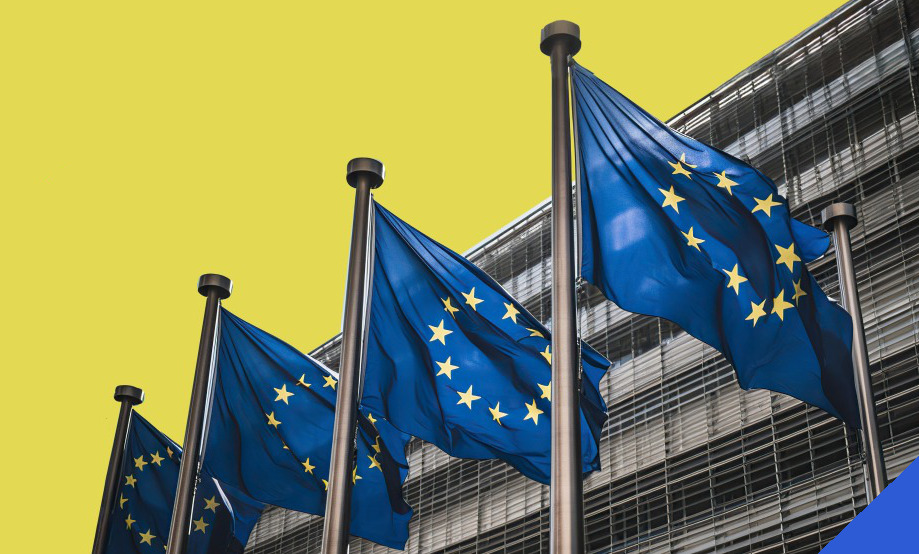European elections from 6th to 9th June significantly changed the European political map and brought surprising results in numerous member states. Especially the parties orientated towards right from the middle reached an election success, while liberal and green parties had to face big losses.
Germany – the strongest represented state in the frame of the EU – has 96 members in the EP. CDU and CSU could together collect 30% of the votes and remain with 29 members the strongest political power in Germany. The Alternative for Germany (AfD) reached with 15,9% of the given votes the second place and grew from 9 to 15 seats in the Parliament. The SPD faced with 13,9% its worst result ever and also the Greens lost almost 9% of the votes and so came to 11,9%.
Surprising was the elections result in the regarding the population second biggest state of the EU- France. Here the right national and eurosceptic Party Rassemblement National under the leader of Marine Le Pen was able to book a clear victory with 31,4% of votes and 30 gained seats in the Parliament. The Party of the State President Emmanuel Macron, Renaissance, received only 14,6% of the ballots and came to second place far behind the Party of Le Pan. The Socialists ensured the third place for themselves with almost 14%.
Belgium had in parallel with the European elections also its federal elections, where right parties also gained a lot. On the contrary in The Netherlands the Green-Left Ally with 21,6% won the elections. In Italy the right wing Minister President Giorgia Meloni strongly won the European elections with its Party Fratelli d‘Italia with 28,8%. and so got 24 mandates. In Spain the conservative People‘s Party PP became with 34,2 % of the votes the strongest political power. In Finland and Sweden however the Left Party and the Social Democrates conneceted themselves and won the election fight.
The results of this voting lead to a changed seat division in the European Parliament. Thereupon the parties can join to one of the groups in the EP , which has in total 720 seats. The fraction of the European Peoples‘ Party (EPP ) , to which also the OVP belongs, is with 189 seats still the biggest fraction in the Parliament. This result means for EPP a plus of 13 seats in comparision with the previous period. The second biggest group remains the Alliance of Socialists and Democrates (S&D) with probably 135 seats , among them as already previously five from SPO. In comparision with the previous legislative period it lost four seats. Renew Europe, the fraction in which also Neos is included, marks the biggest loss of 23 seats and comes to 79 mandates. The group of European Conservatives and Reformers (ECR ), where no Austrian party is included ,receives 7 additional seats and therefore comes to 76. The fraction Identity and Democracy (ID) , where also FPO belongs, gets nine additional delegates and comes to 58 seats in total, The next to last place is reserved for European Greens, that have to accept the loss of 18 seats and are represented by only 53 members. Observers explain this change with the election behaviour of the young population which brought this group a huge election success 5 years ago. The Left fraction, with no Austrian party , forms with 39 seats the last group. A large number of members , actually 91, are however in this moment not included in any of the groups. At the proceeding meetings of the individual fractions some entries or new groups‘ formations are expected.
The voter turnout of the whole EU was around 51% and was so almost identical to one of the year 2019, (50,66 %). The highest turnout was reached in Belgium, what is connected with the Belgian voting obligation. Also the voter turnouts were very high in Luxembourg with 82% and in the member state with the smallest number of seats, Malta , with 73%. Very low was the turnout in the youngest member state Croatia with schocking 21%. Also low was in Litva , Latvia and Bulgaria with 33% in each state. In Austria the turnout of 56,30% was a bit below the value of 2019 (59,80 %).

